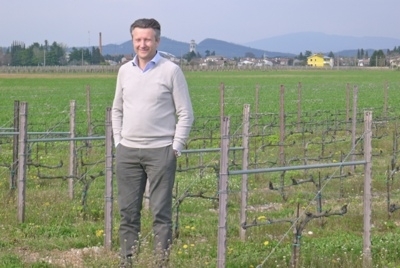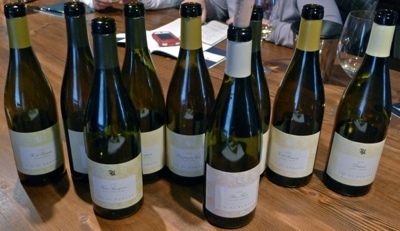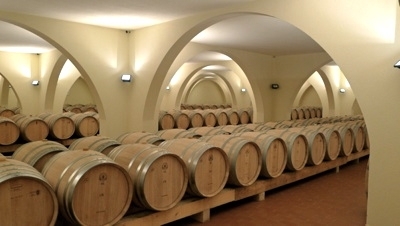VIE DI ROMANS, Mariano del Friuli, Isonzo Rive Alte
Gianfranco Gallo crafts some of the World’s Greatest White Wines at his 53 hectare estate in the Isonzo valley — 5 km east to Slovenia, 80 km north to the Alps, 20 km south to the Adriatic… Deep, calcium-rich soils created by glacial erosion. Long daylight hours due to northerly latitude (46º), constant wind, a mix of continental and Mediterranean climate...
Chardonnay is a particular passion here. For many years, two vineyard-designated bottlings have been produced. In future, we suspect these will morph into even more distinctive block selections. There are also distinct Friulian and French clones of Sauvignon Blanc, as well as Tocai Friulano, Pinot Grigio, and small blocks of Malvasia, Riesling and Merlot. In 2010, Gianfranco planted 1.2 hectares of Pinot Noir, already showing tremendous potential.
In the cellar, the wines are treated to a completely anaerobic environment — crushing & de-stemming, long maceration, and pressing are all performed under the protection of nitrogen, designed to preserve aromatics. The wines are then aged in a mix of older and new barriques, tailored to the vineyard source. Gianfranco comments that ‘in this micro-environment, expression shows only when vineyard and cellar management are consistent’.
Gianfranco succeeded his father in 1978 at the age of 19, and in 1990 completed the first stage of a highly specific new winery. As he continues to refine his vineyard selections and embrace his passion for Pinot Noir, Gianfranco has also continued to enlarge and develop the winery. Never static, always working toward a higher level of accomplishment.
‘The quality of the wines here is so high that they take turns winning Tre Bicchieri…’ — Gambero Rosso
‘Man positions himself at the heart of the process, discovering his role both as creator and as part of a world far larger than himself, one which ultimately recedes into mystery. The interface, the dialogue, of man and land, of man and the articulated language of the created world, spins out of itself something novel and different, uniquely complex and wondrous.’ — Gianfranco Gallo



